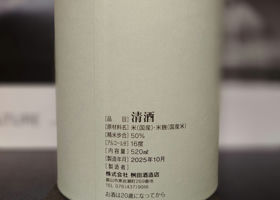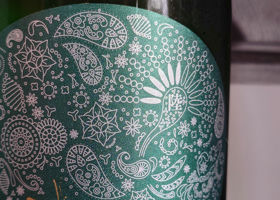

YSTJ
Hououmida WHITE PHOENIX Junmai Daiginjo Unfiltered Nama-shu.
We will be uncorking WHITE PHOENIX, a limited annual shipment from Houou Mita, brewed at Aizan.
The presence of the magnum bottle for champagne made by Monterossa of Italy stands out.
The gorgeous muscat-like top aroma, silky touch, and Hououmida character are in full bloom!
The rich, gorgeous flavor of Aizan and the crisp acidity color the extended aftertaste.
It is delicious and easy to understand in a good way!
Japanese>English








































